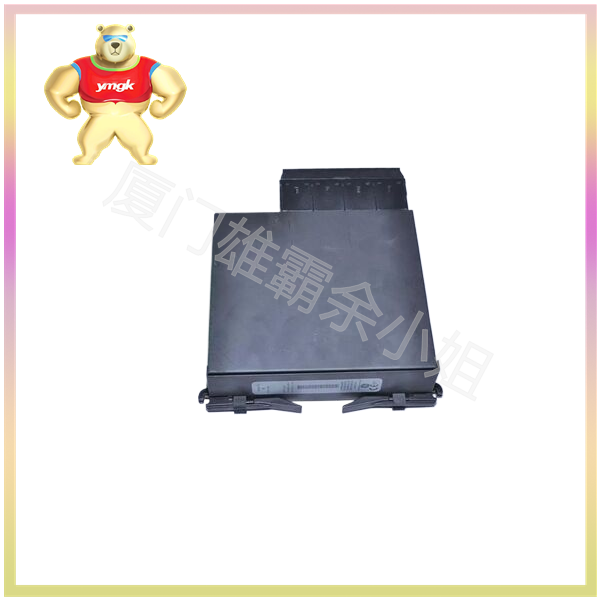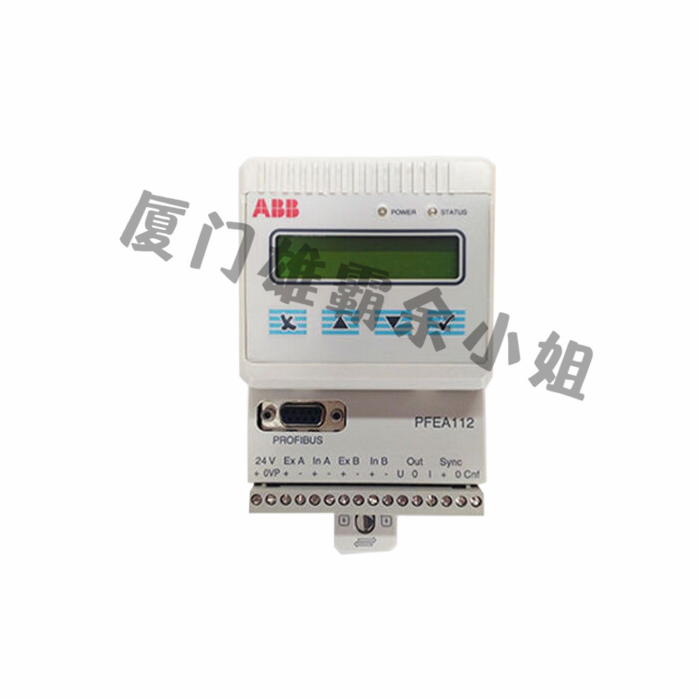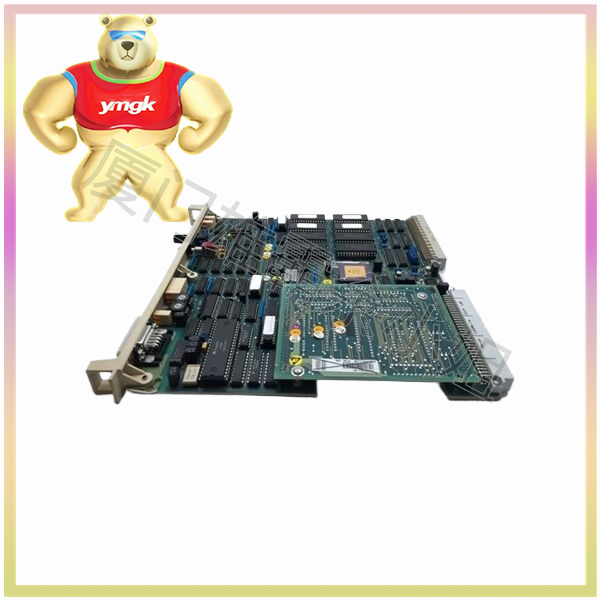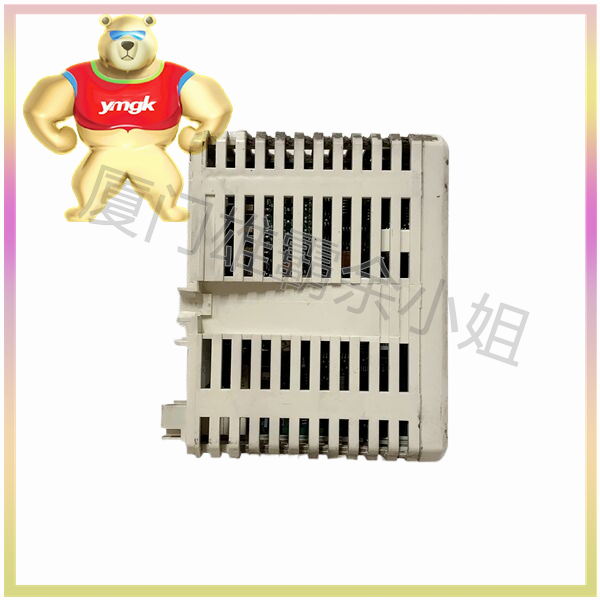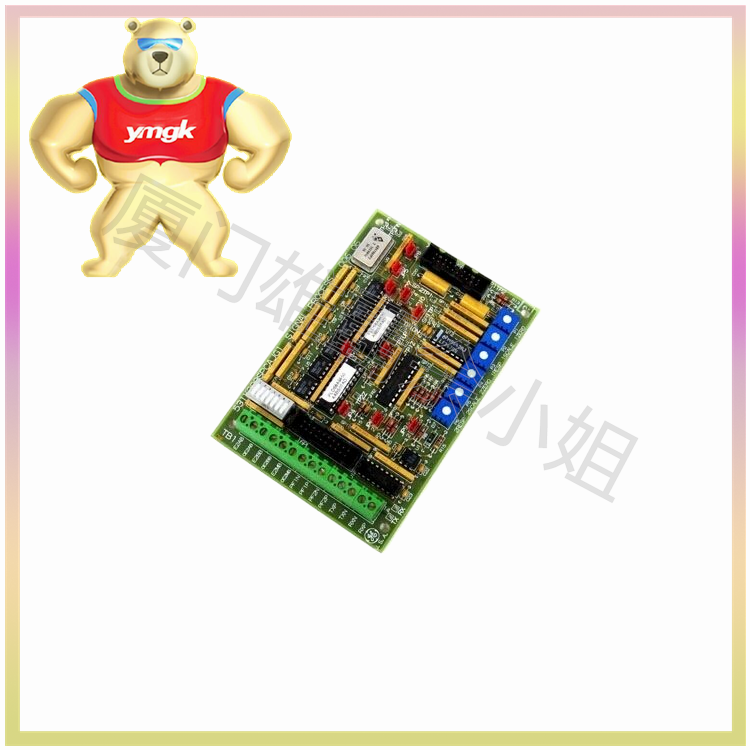A temperature controller refers to a series of automatic control components that undergo physical deformation inside a switch based on temperature changes in the working environment, resulting in certain special effects and causing conduction or disconnection actions. It is also known as a temperature control switch, temperature protector, or temperature controller, abbreviated as a temperature controller. Or the temperature can be transmitted to the temperature controller through a temperature protector, and the temperature controller will issue a switch command to control the operation of the equipment to achieve the desired temperature and energy-saving effect.
Its working principle is to automatically sample and monitor the ambient temperature through a temperature sensor. When the ambient temperature is higher than the control set value, the control circuit starts and the control hysteresis can be set. If the temperature is still rising, the over limit alarm function will be activated when it reaches the set over limit alarm temperature point. When the controlled temperature cannot be effectively controlled, in order to prevent equipment damage, the tripping function can be used to stop the equipment from continuing to operate.
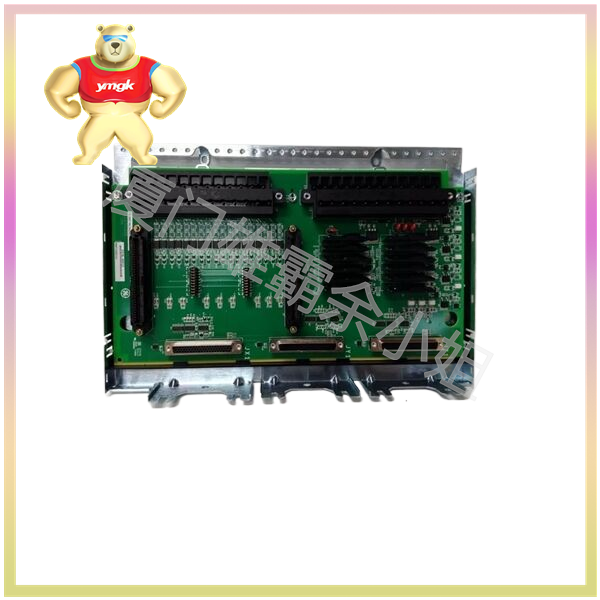
The thermostat consists of four main mechanisms: conversion display mechanism, setting mechanism, comparison calculation mechanism, and output mechanism. When the temperature sensor converts the on-site temperature into an electrical signal and transmits it to the temperature controller, the conversion display mechanism of the temperature controller converts the electrical signal into digital display or analog indication, and compares it with the set value of the setting mechanism through the comparison mechanism internally. After that, it is output to the controller through the output mechanism, and then the controller controls the heater/cooler.
Mainly used in various high and low voltage switchgear, dry-type transformers, and box type substations used in the power sector. According to different types of temperature controllers applied in various products such as household appliances, motors, refrigeration or heating.
Advantages of Function:
Convenience: The wall mounted boiler is automatically timed to adjust the switch in advance or later every day, eliminating manual operation, which is most necessary for working families;
Comfort: The room temperature automatically adjusts at different times of the morning, afternoon, and evening, eliminating the embarrassment of getting up in the morning and waiting for the room to warm up and get cold after work;
Gas saving: Replace outdated and extensive water temperature control with advanced and accurate room temperature control, and operate at room temperature according to demand in different time periods, without the need for open day and night gas heating;

